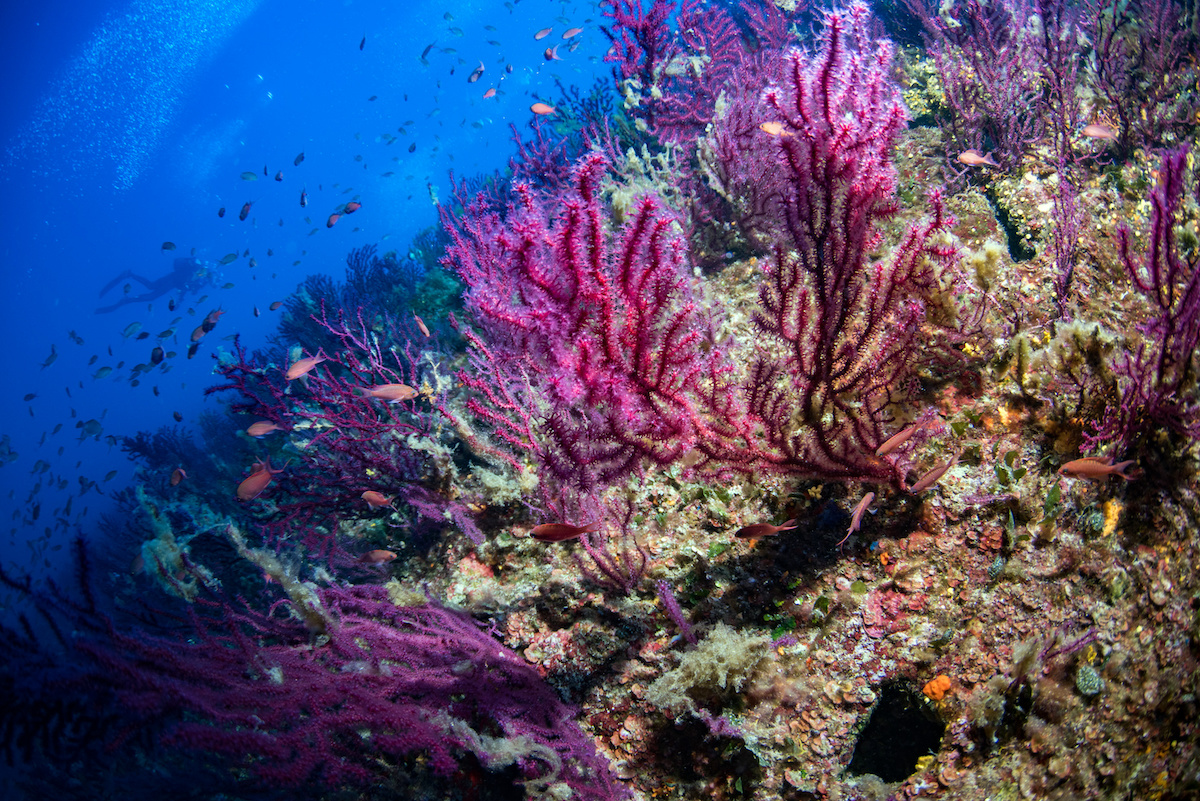A Historic High Seas Biodiversity Treaty
A New First: Equitable Sharing of the Ocean’s Resources Among All Nations

Half a century ago, Santa Barbara had a highly respected think tank, the Center for the Study of Democratic Institutions. In 1968, Elizabeth Mann Borgese, a member of the Center, published The Ocean Regime, a proposal for an international agency tasked with the care of ocean resources. A few years later, in 1970, Borghese played a key role in organizing the first conference on the law of the sea. With much additional work, the UN Convention on the Law of the Sea (UNCLOS) was created in 1982. Through the years, the inadequacies and lack of a vigorous enforcement mechanism in the Convention became increasingly apparent.
Fifteen years of effort has brought delegates from 160 countries to agree on the wording of a new ocean treaty, just a couple of months ago. For the first time, there will be an international body focusing on protecting marine biodiversity and conserving 30 percent of the planet by 2030. Threats from climate change to marine life, overfishing, and the risks from seabed mining are addressed in this new agreement. While the text still needs to be formally adopted, the delegates (i.e., the countries) agreed not to reopen negotiations on it. After adoption, a minimum of 60 states must ratify it to make it a reality, a process that could take months or years.
The treaty’s geographic scope is the high seas — those areas beyond the 200-mile littoral zones under control of nations — heretofore only partially regulated by a patchwork of international agreements and organizations. Marine scientists claim that the high seas have the “largest reserve of undiscovered biodiversity left on Earth.” The need for regulation is obvious when considering that the high seas cover almost half the planet, provide primary protein for three billion people, and contribute to the livelihood of more than 600 million people. Moreover, the distinction between the 200-mile coastal zones and the open seas is irrelevant to marine creatures.




